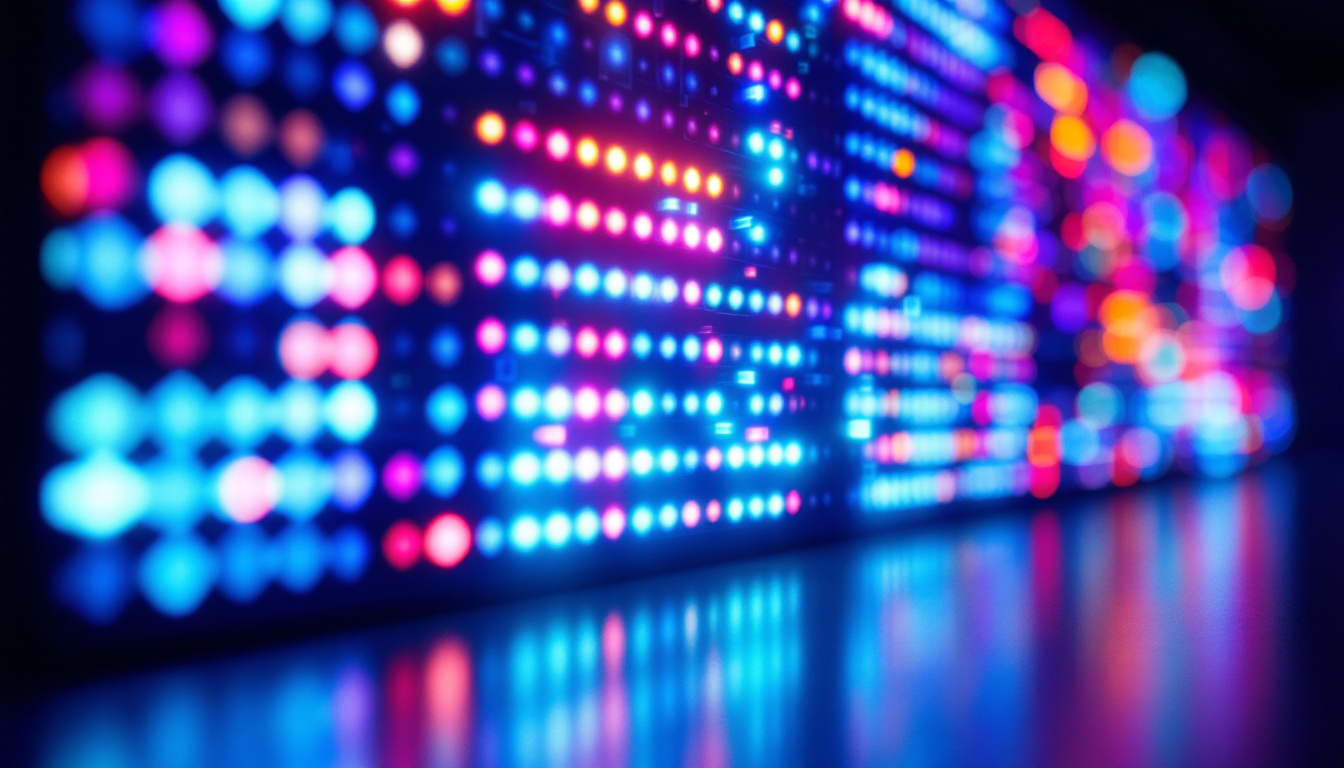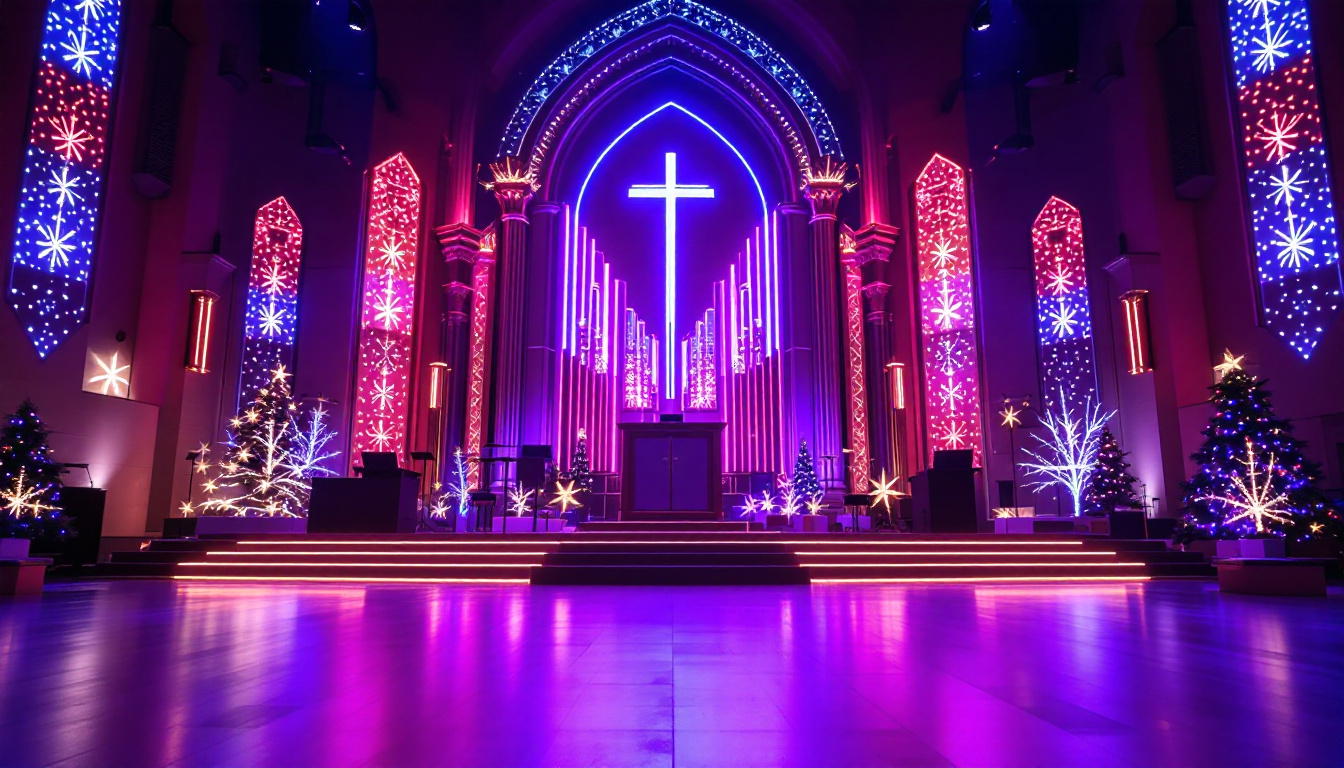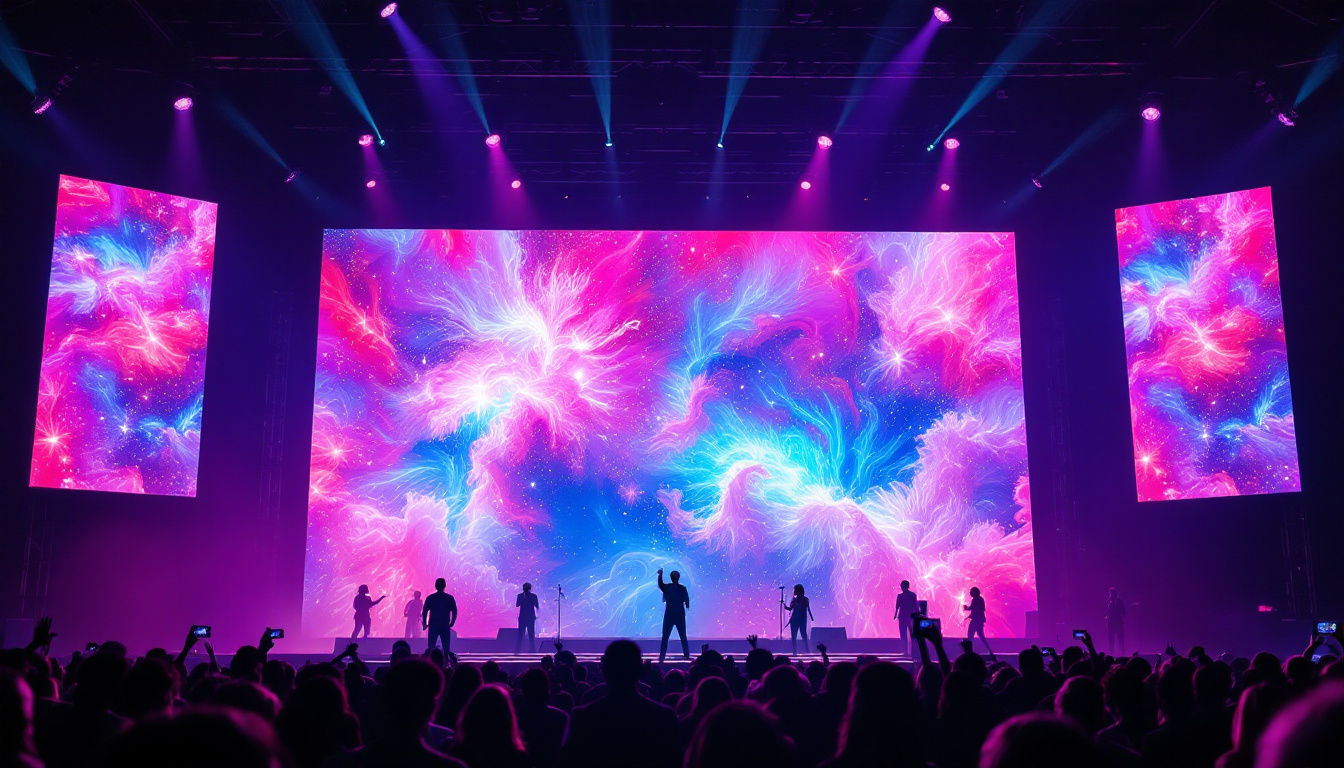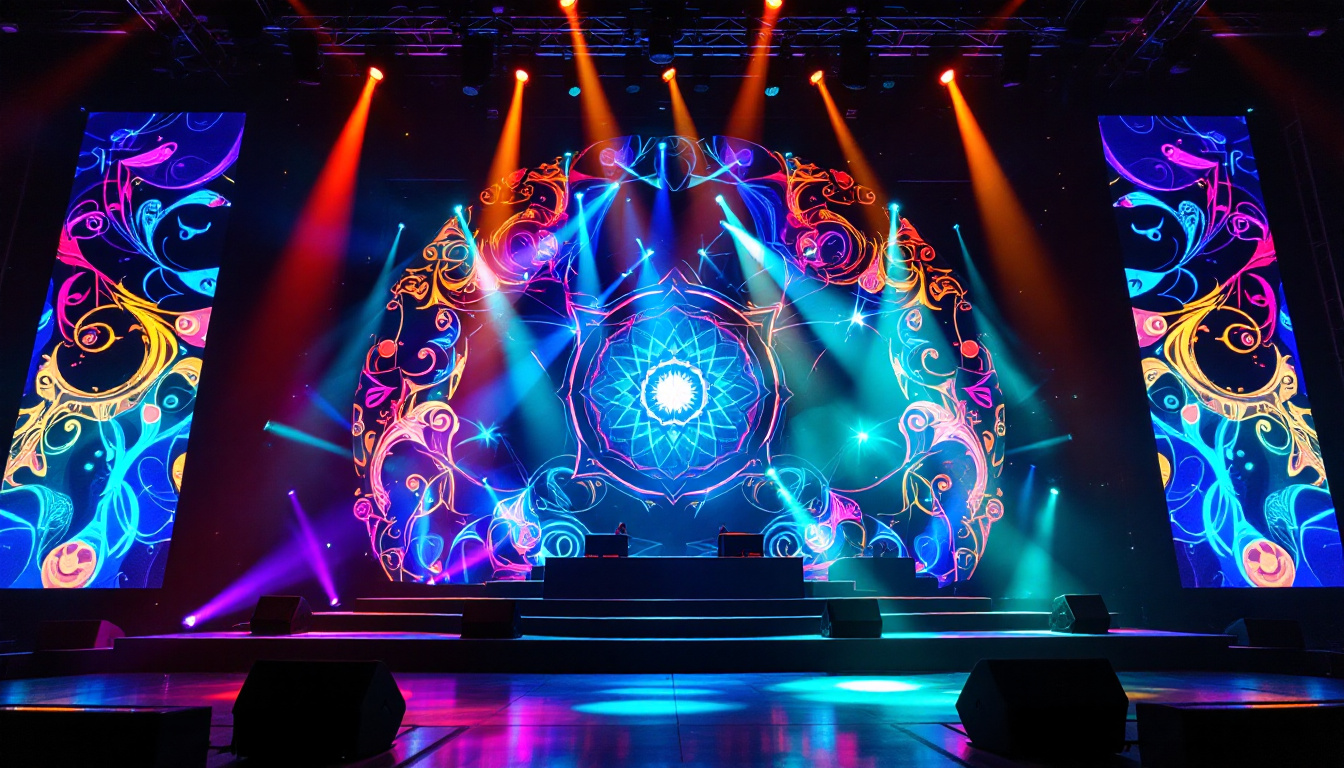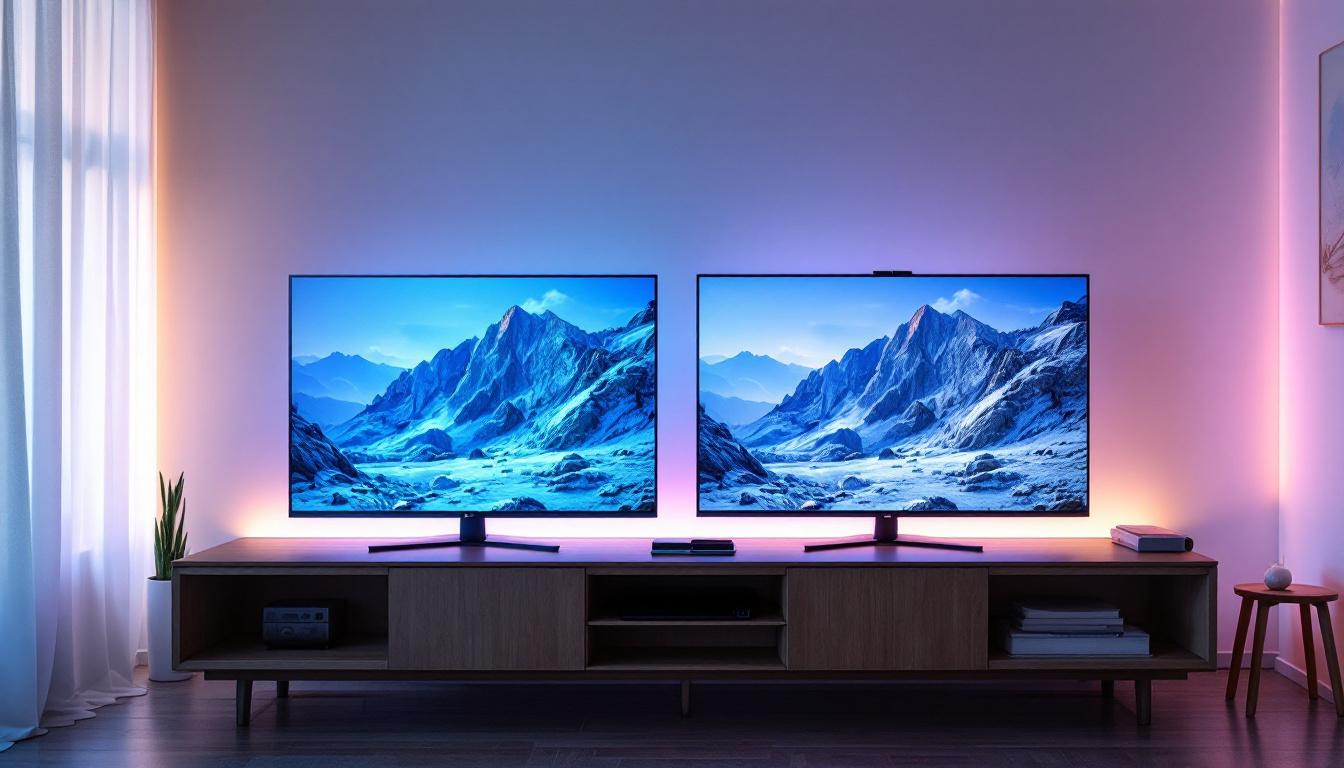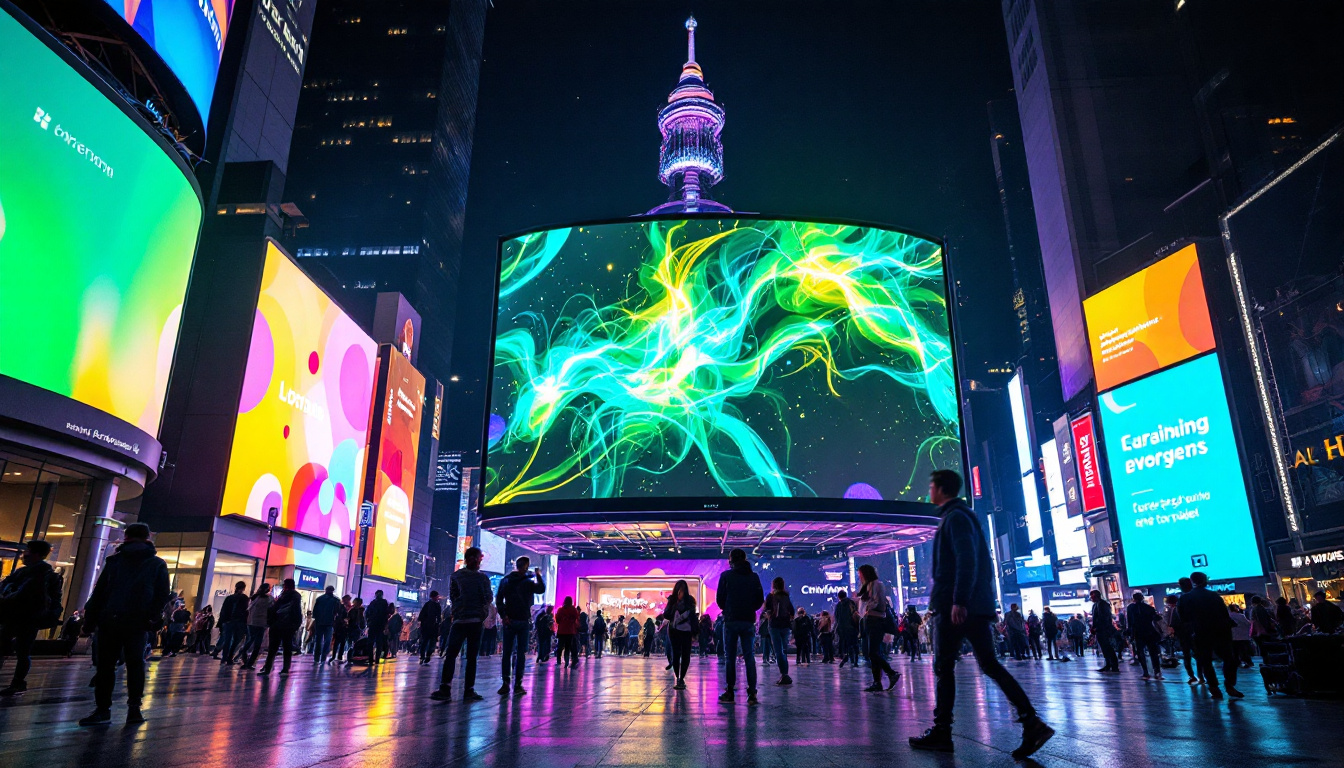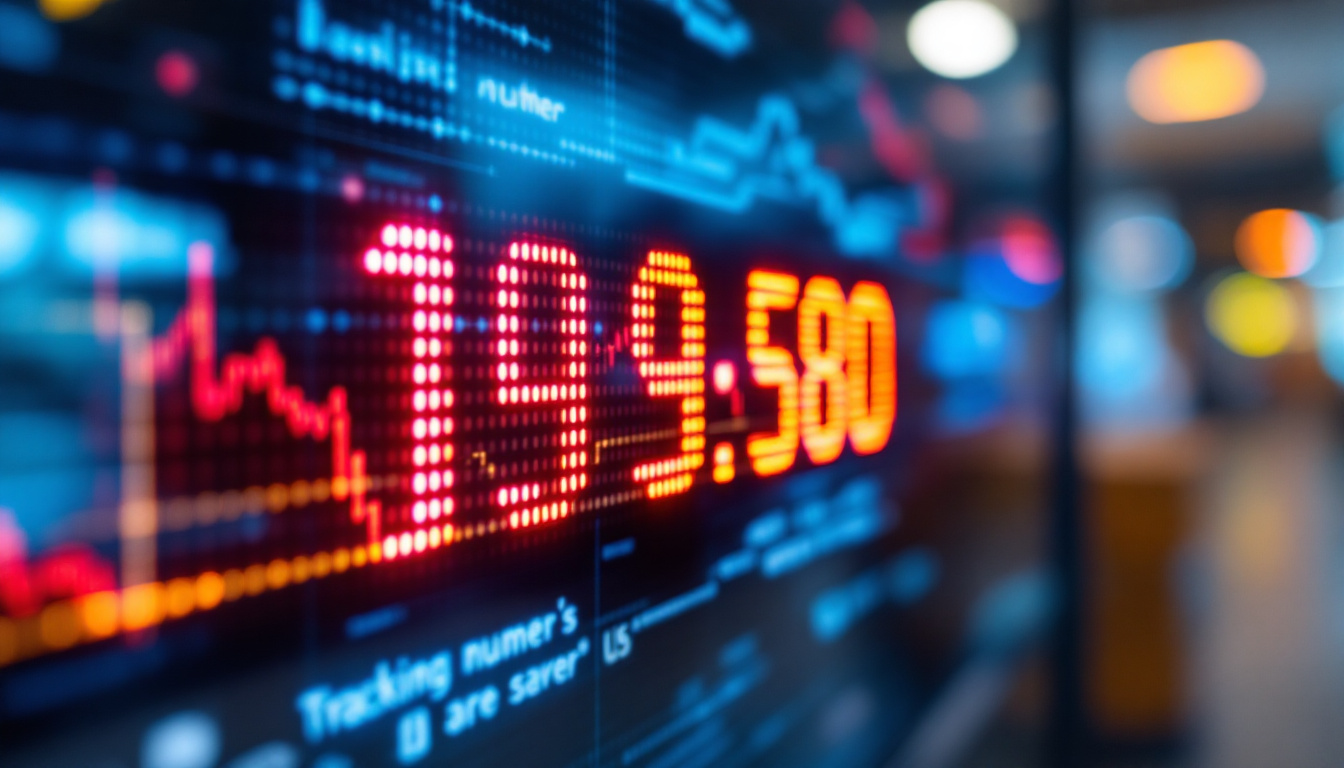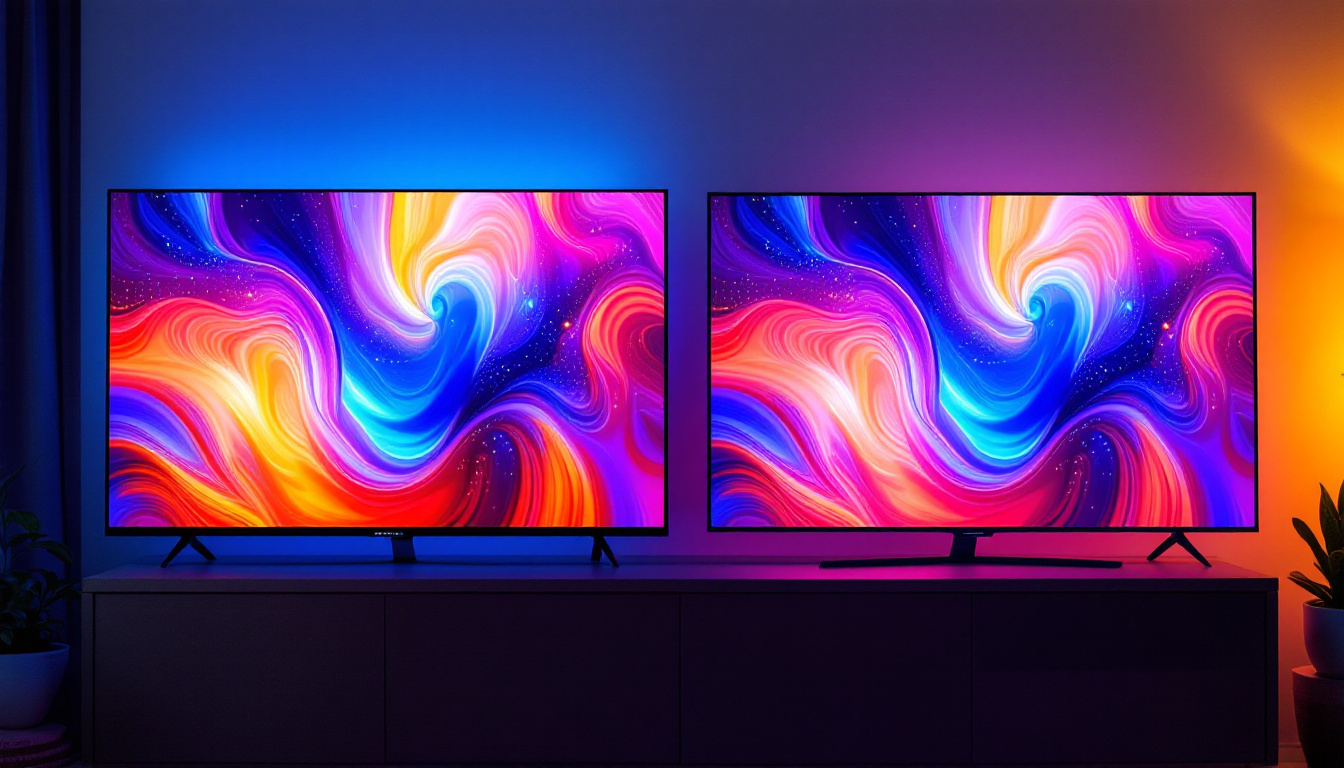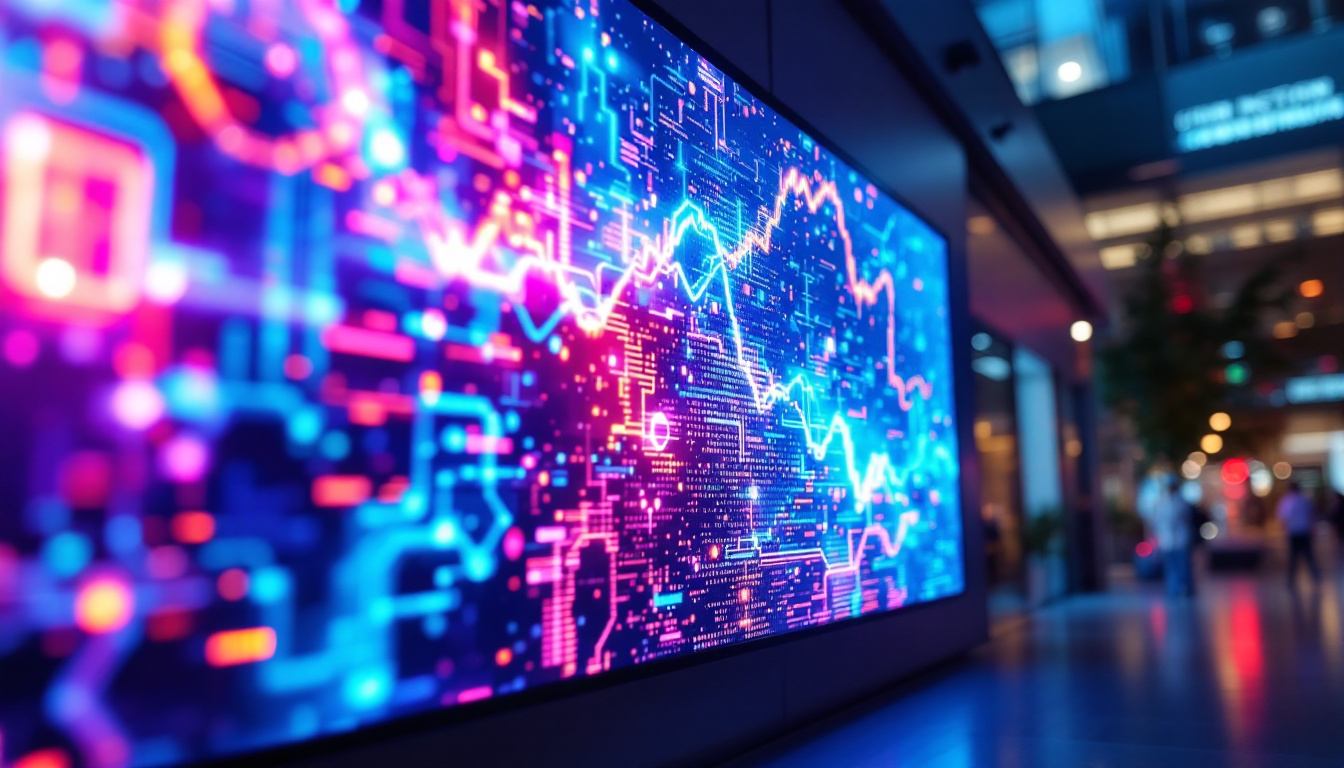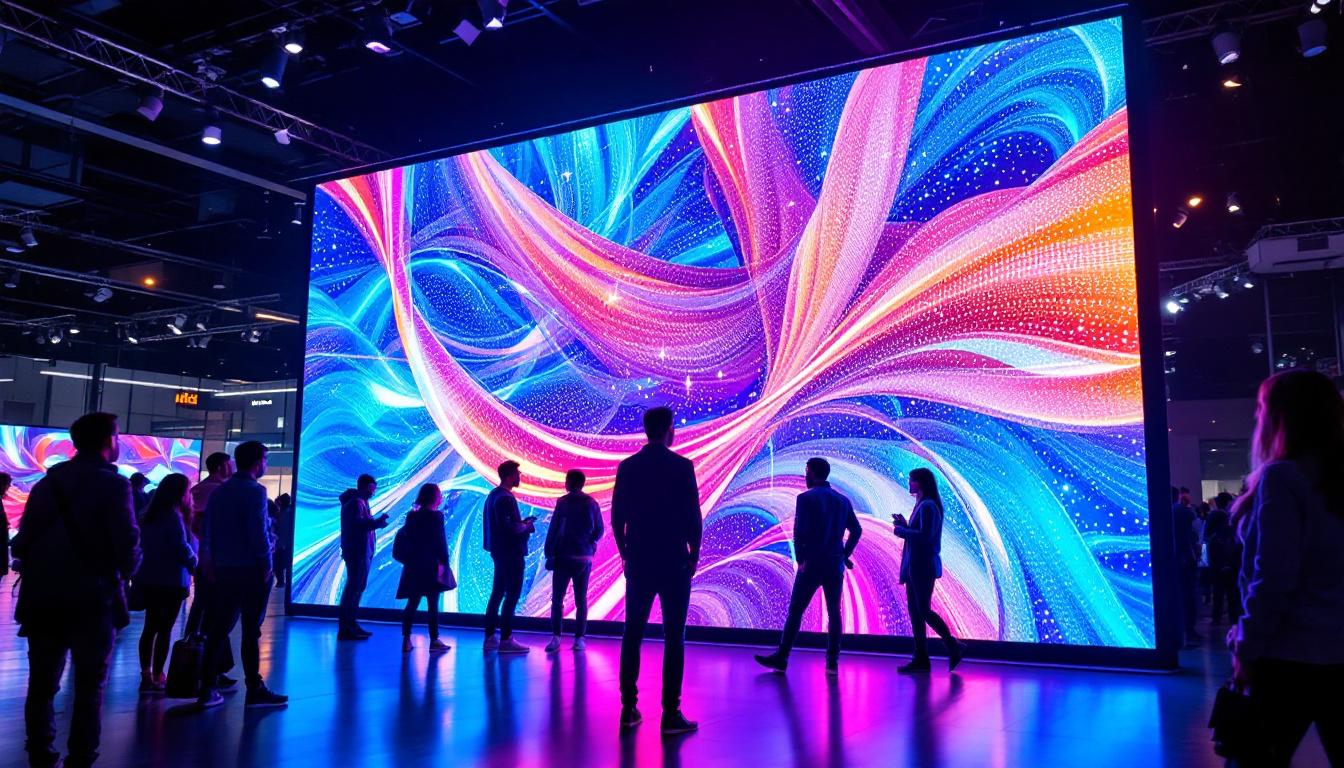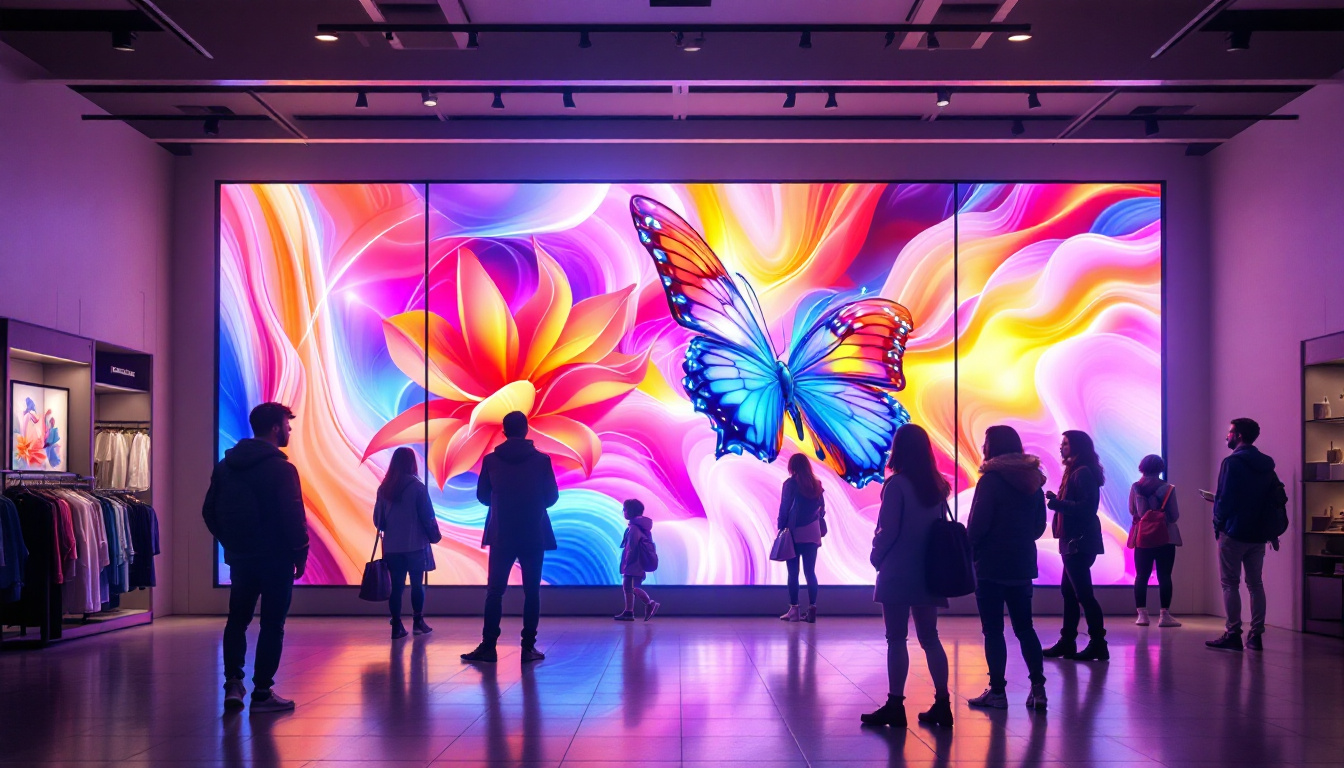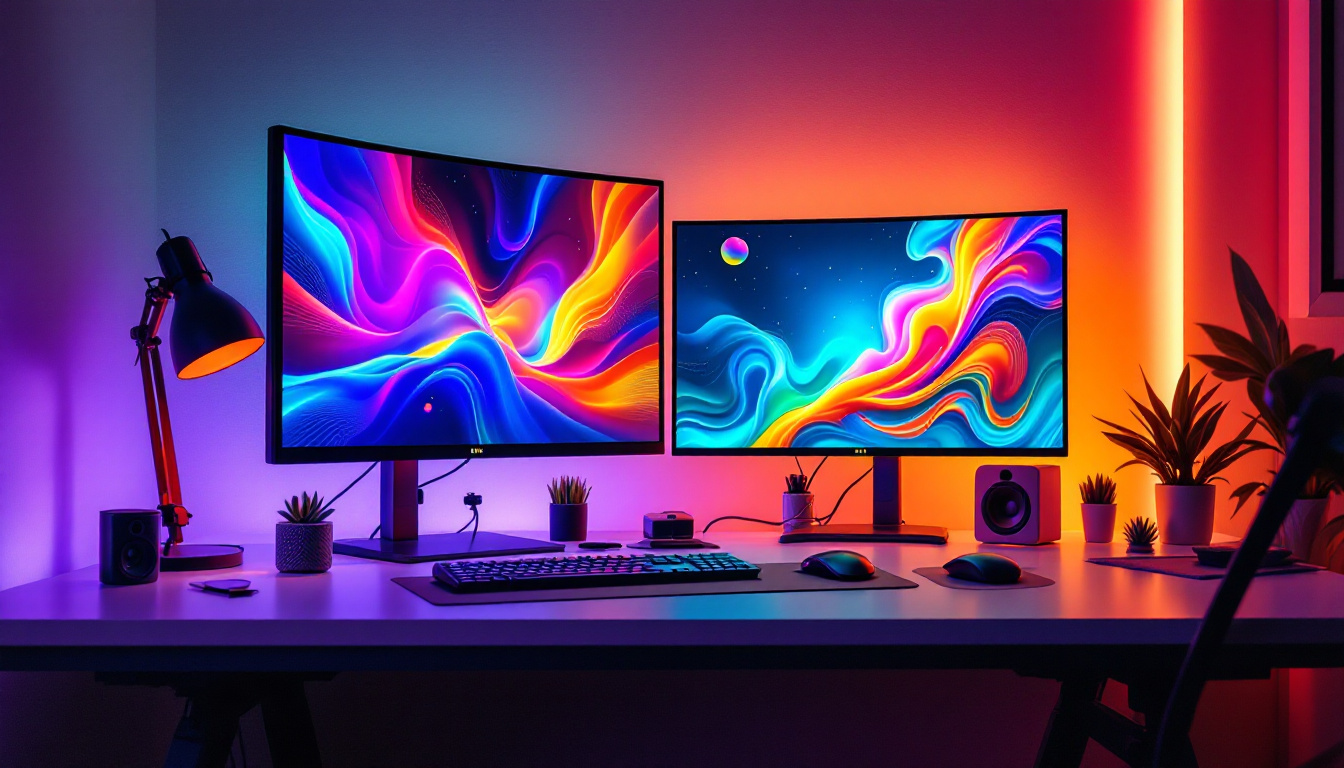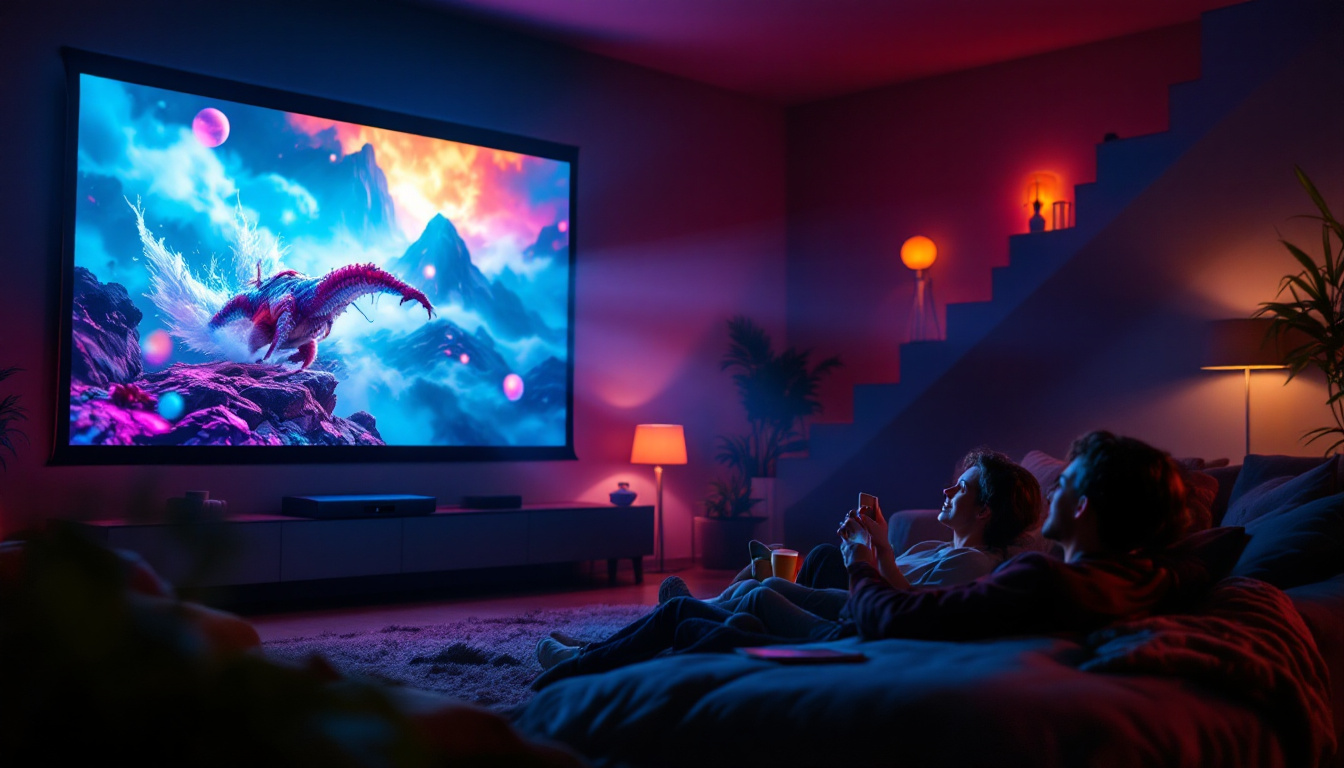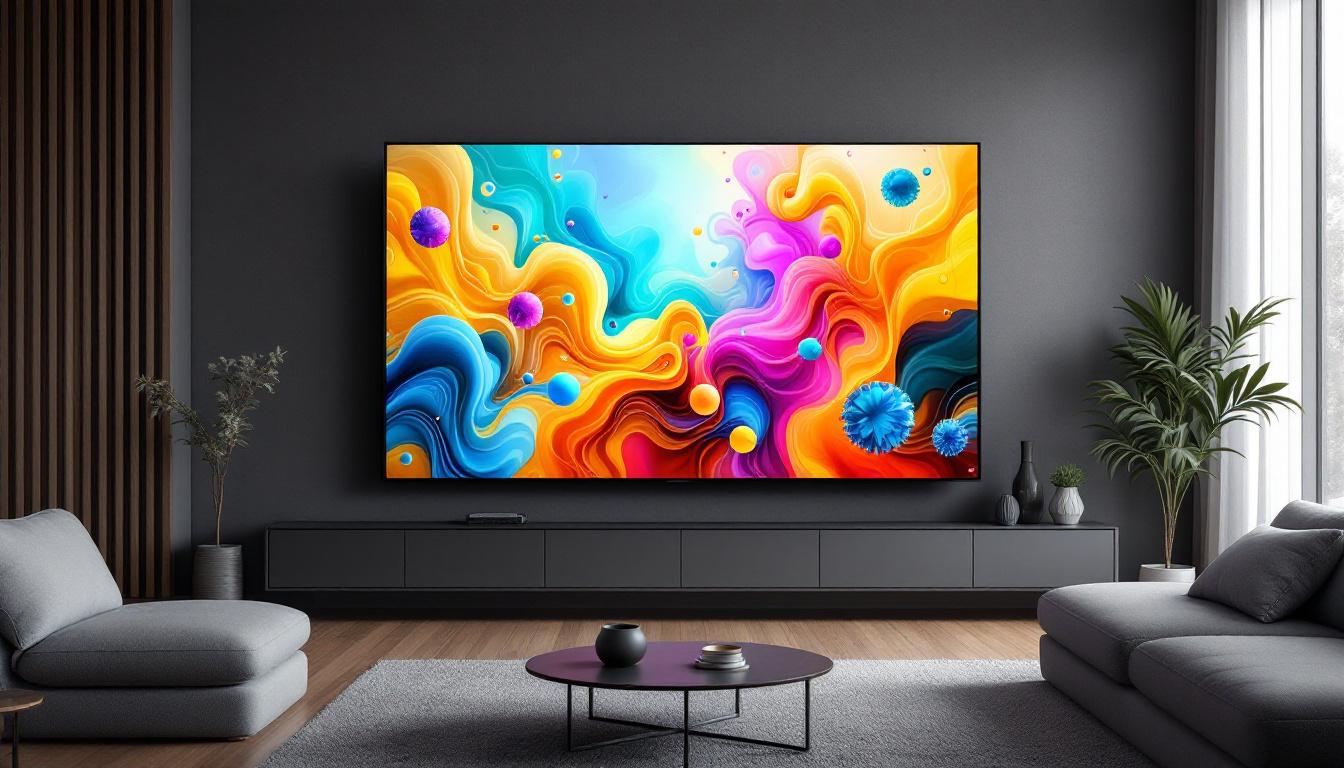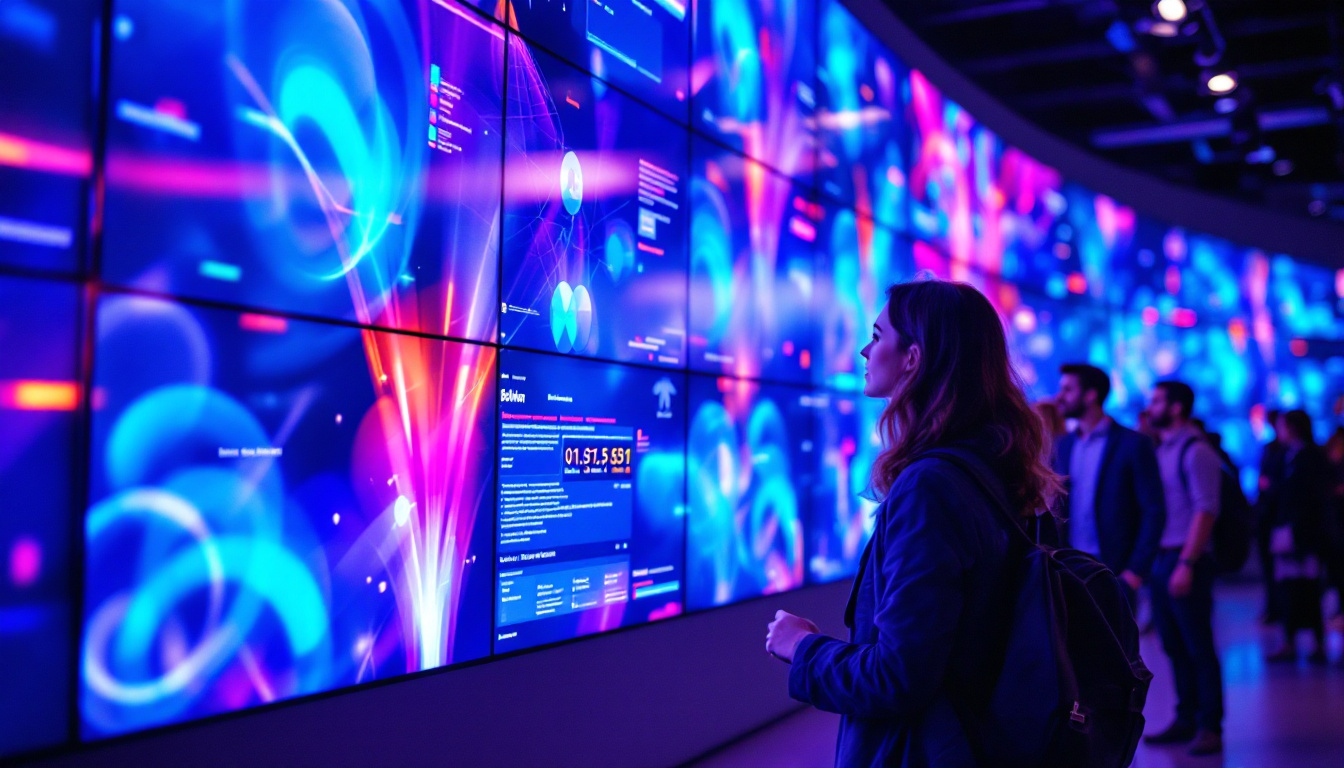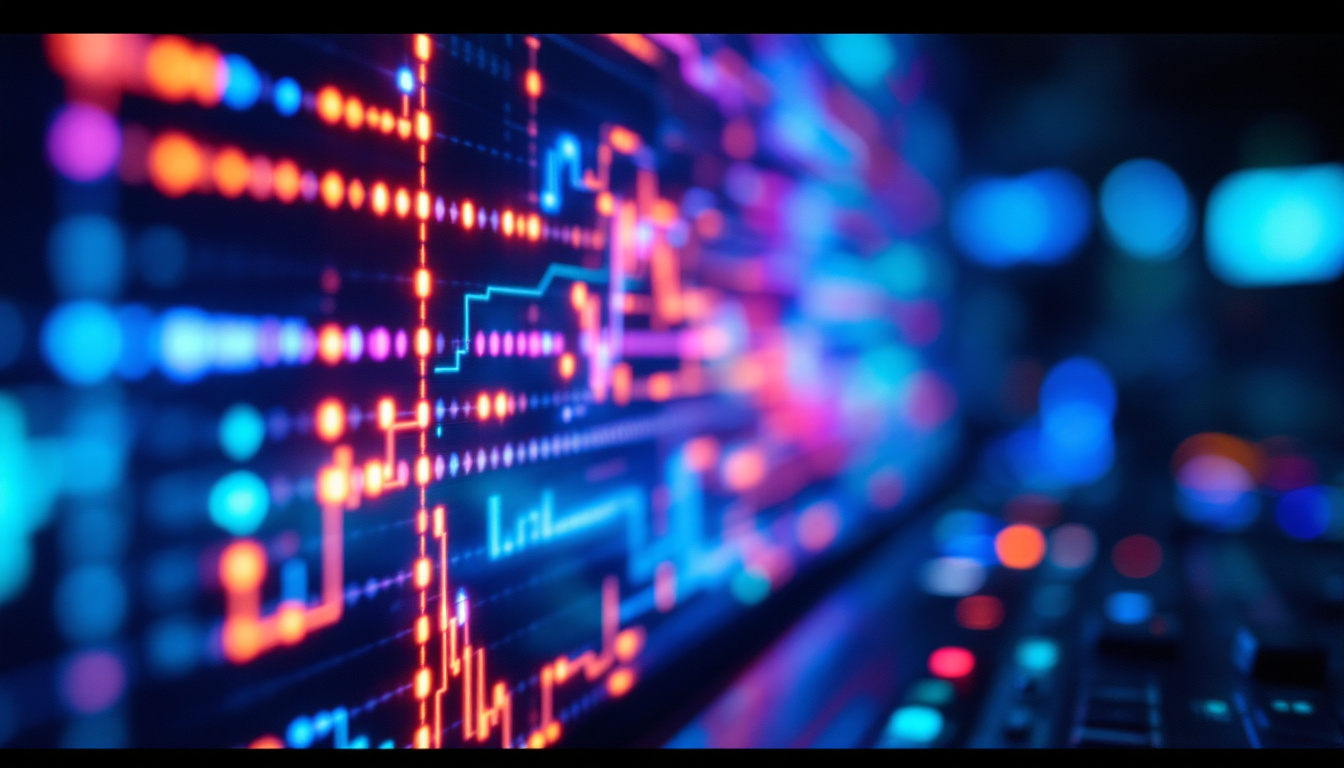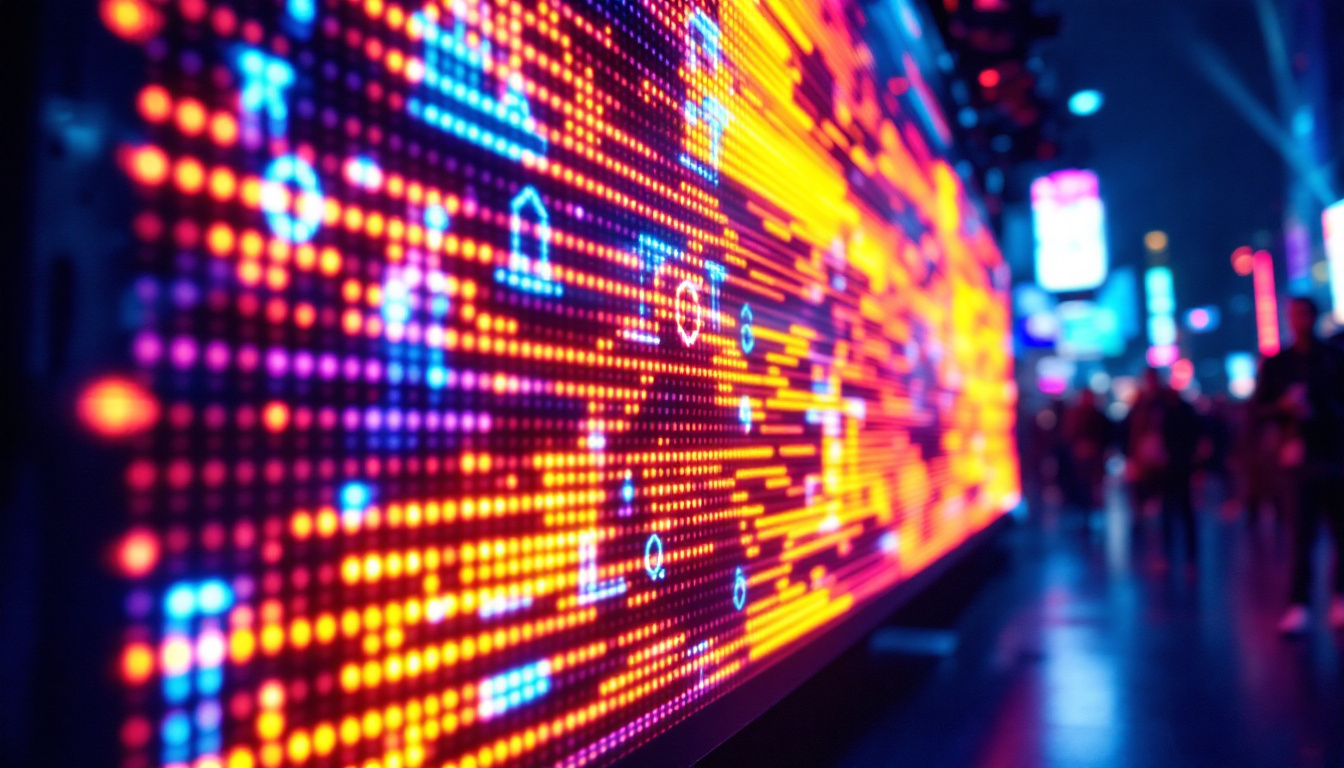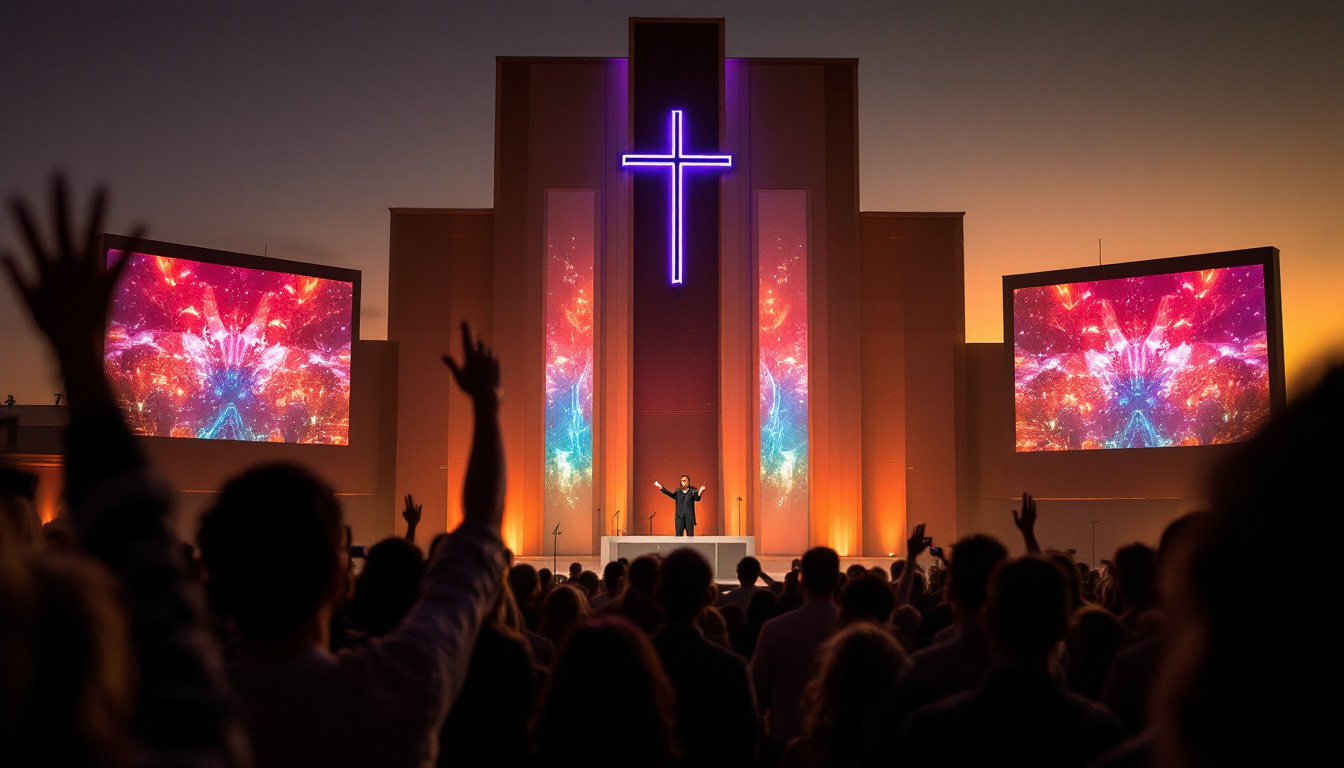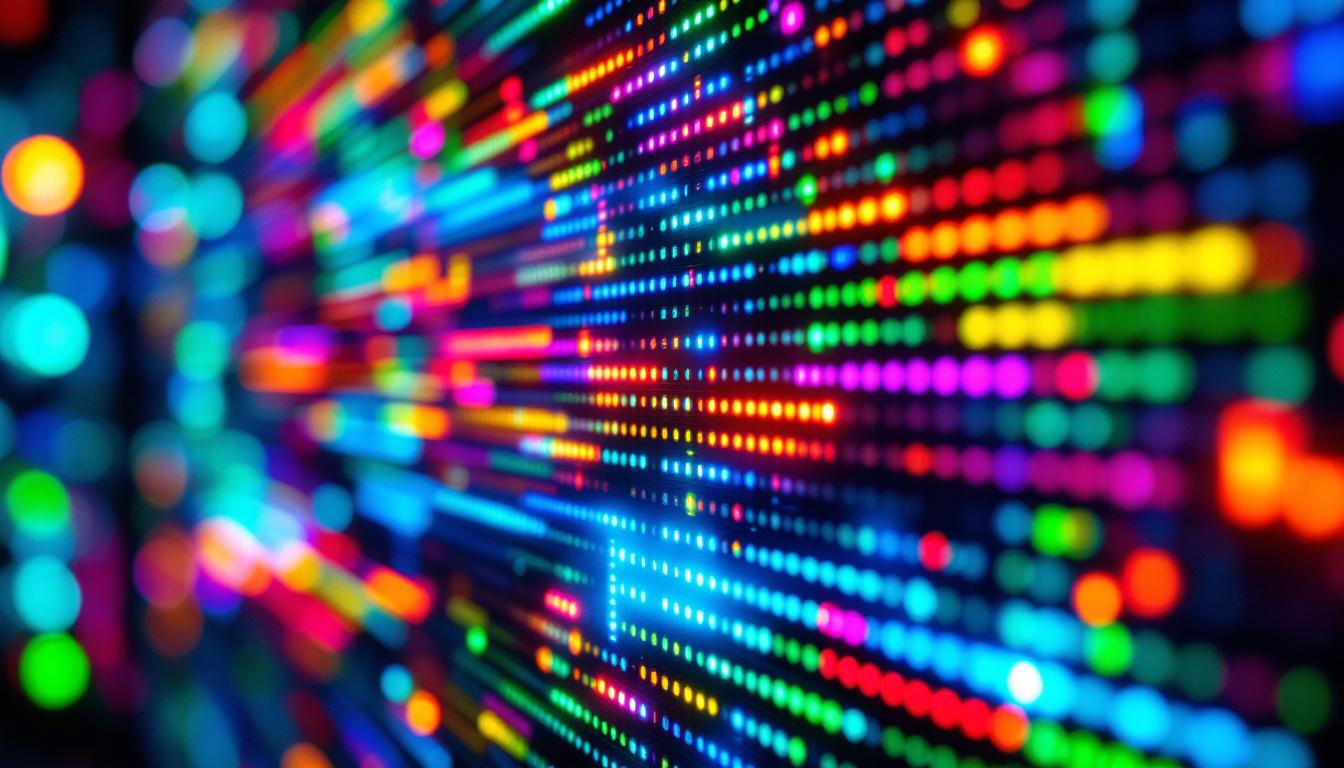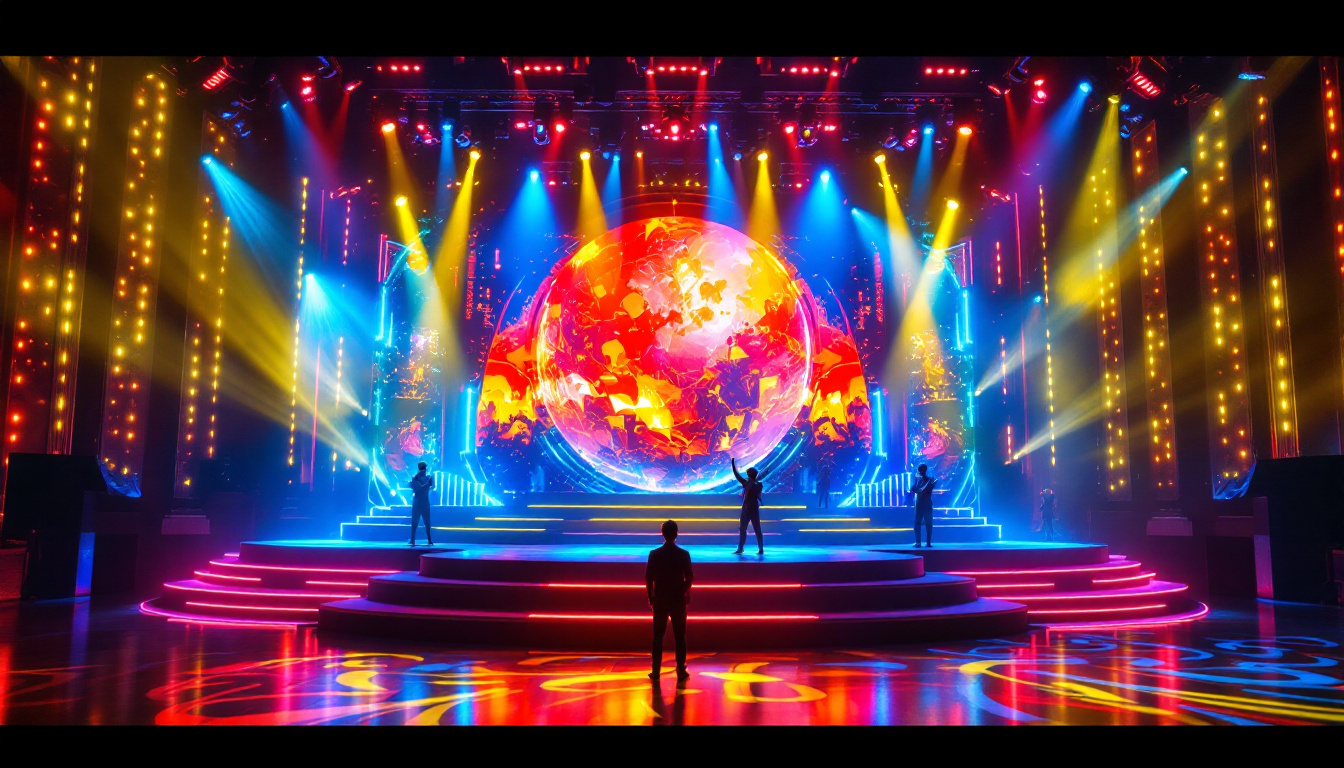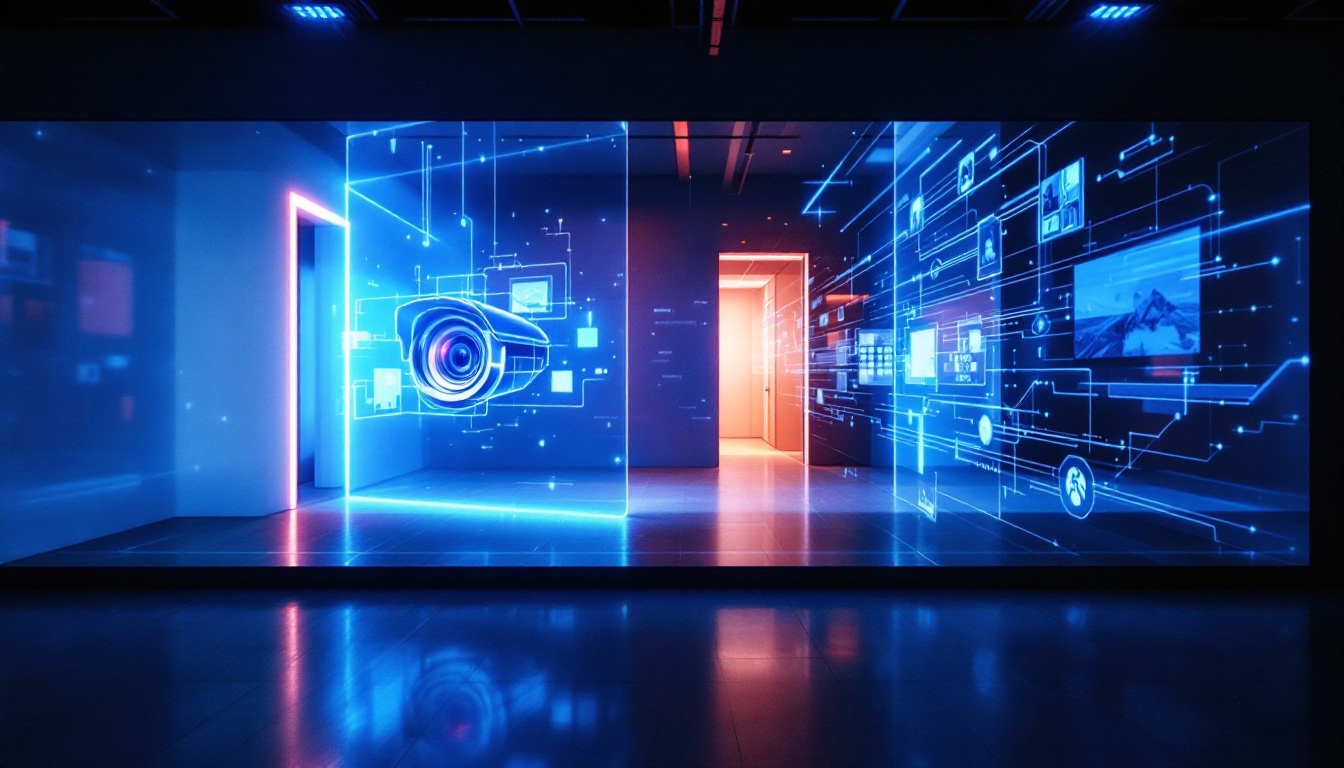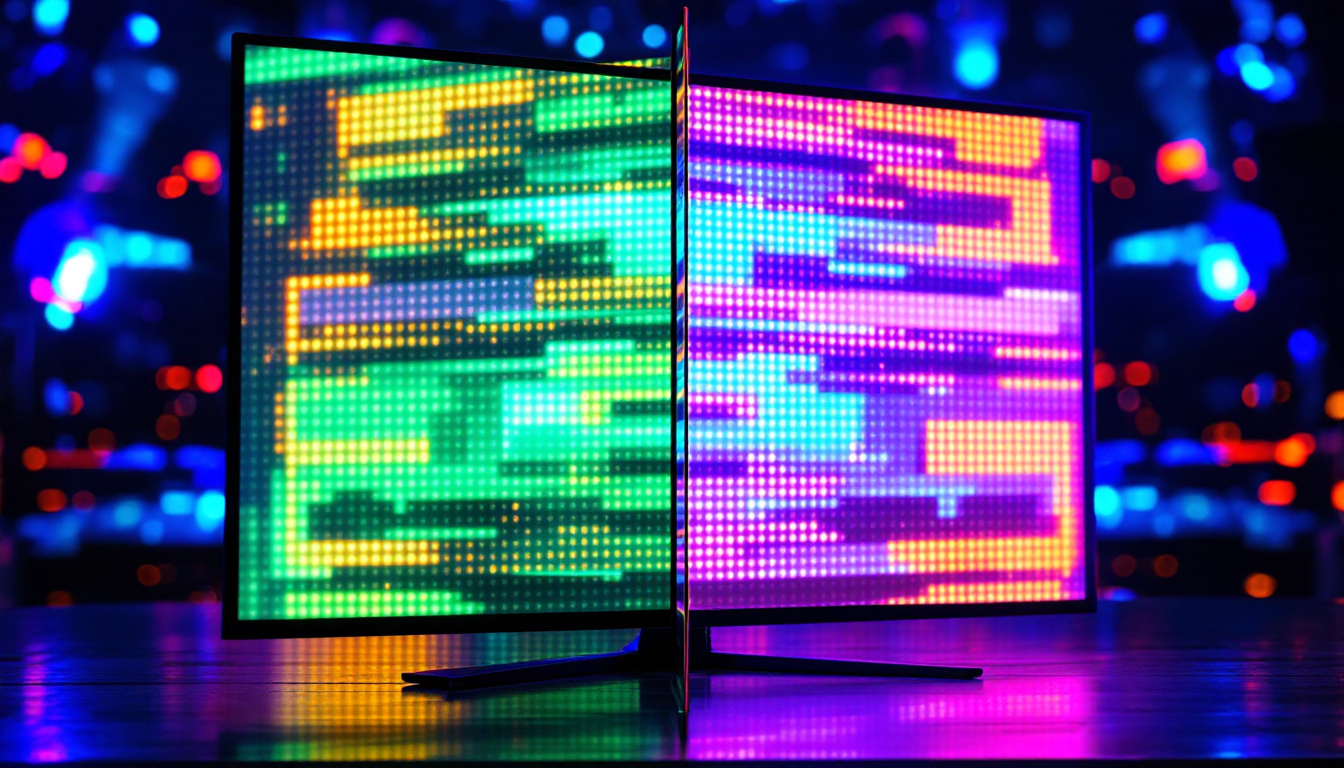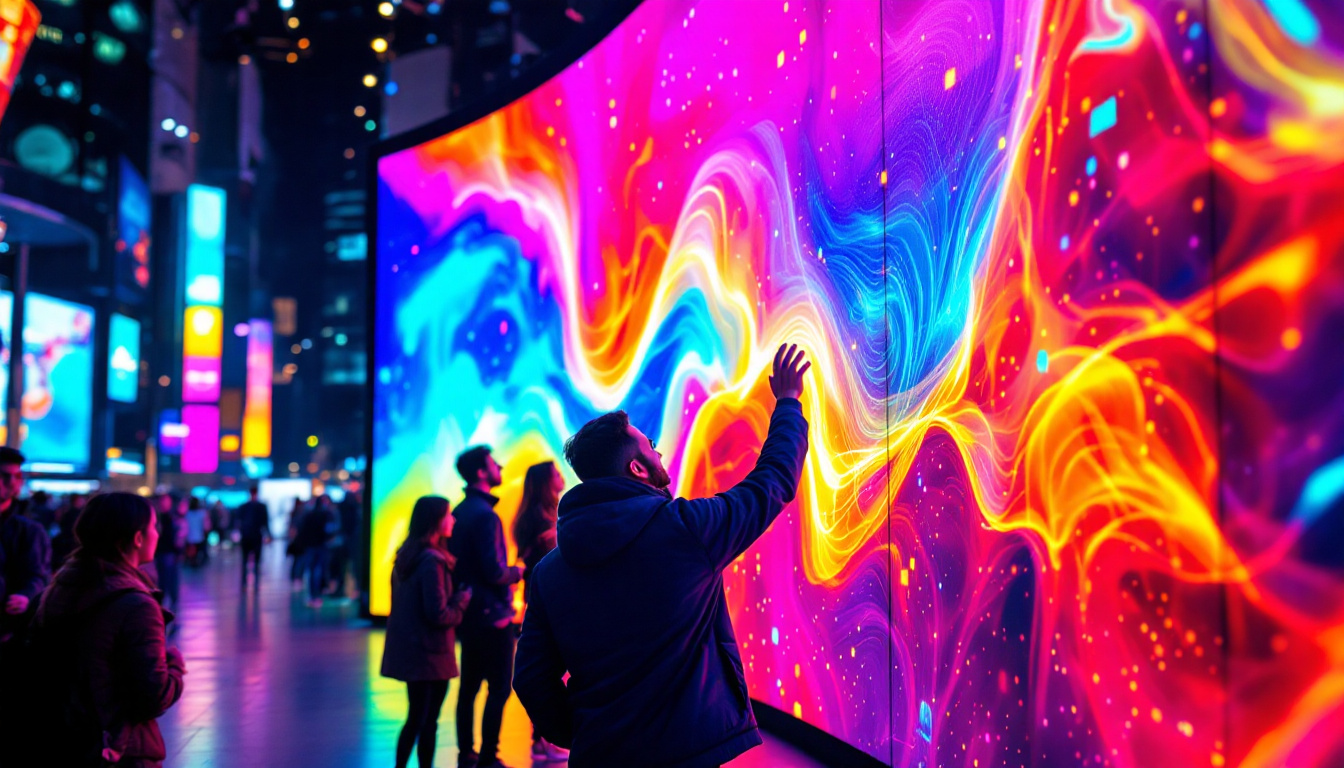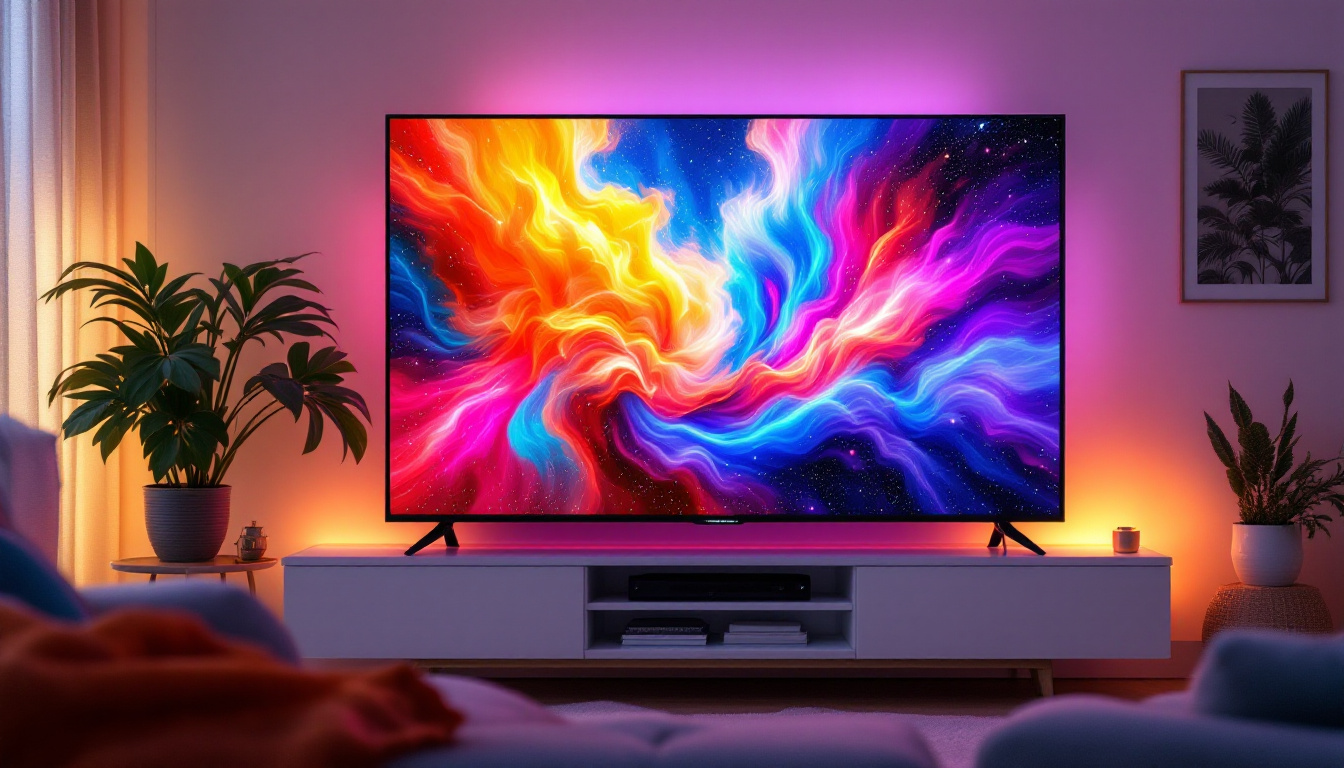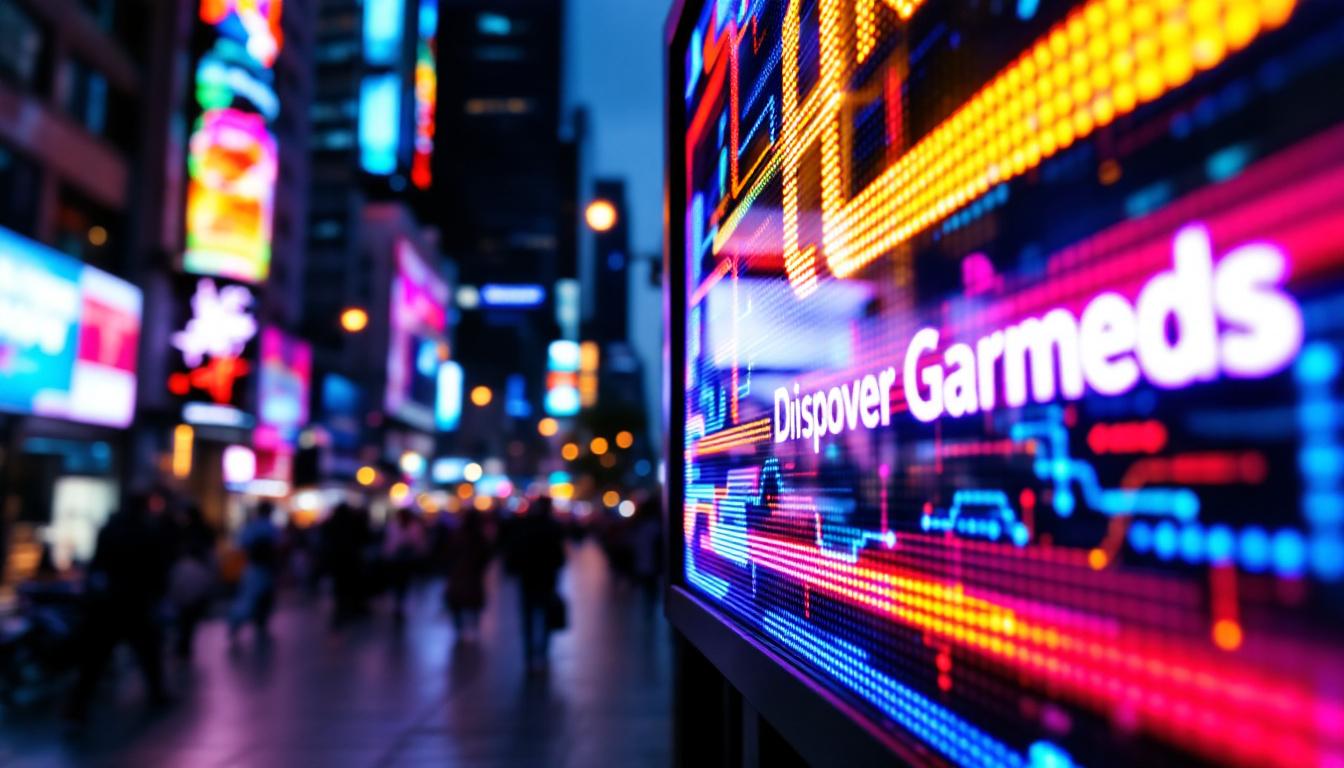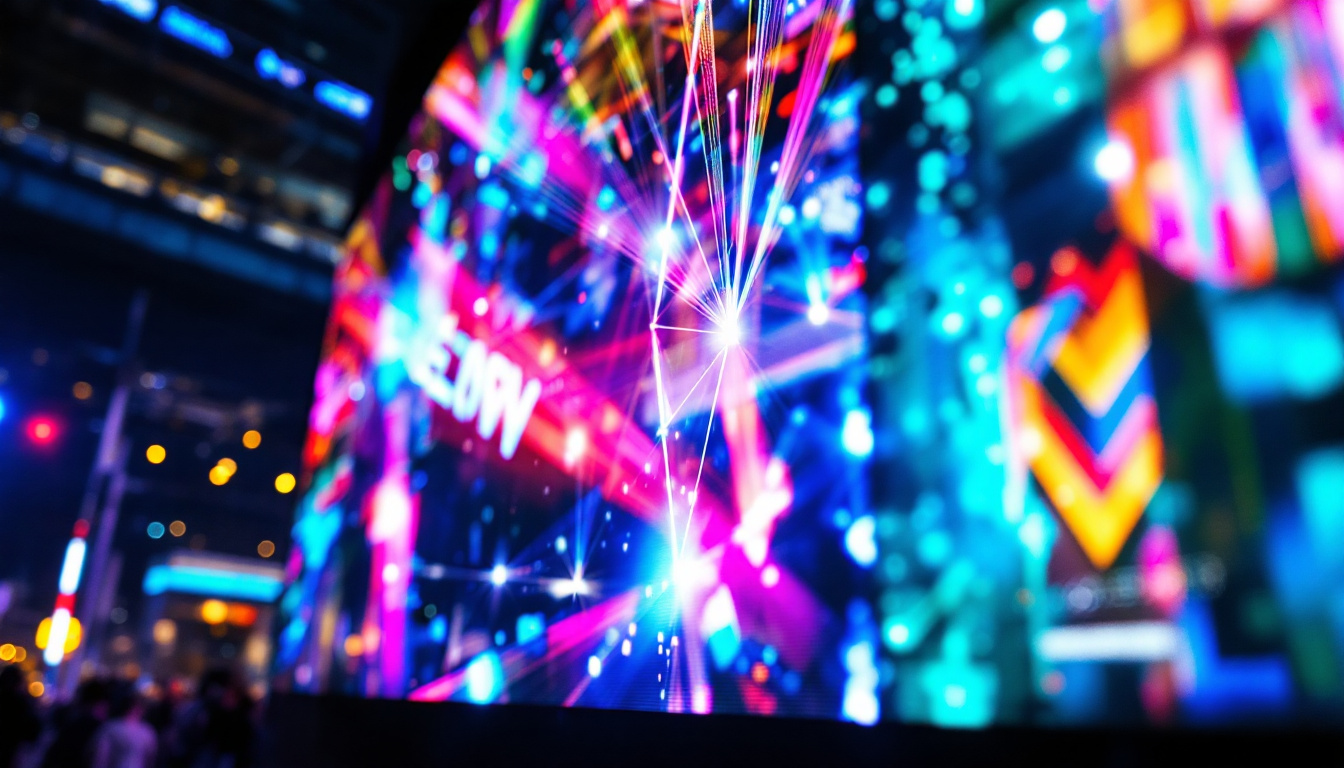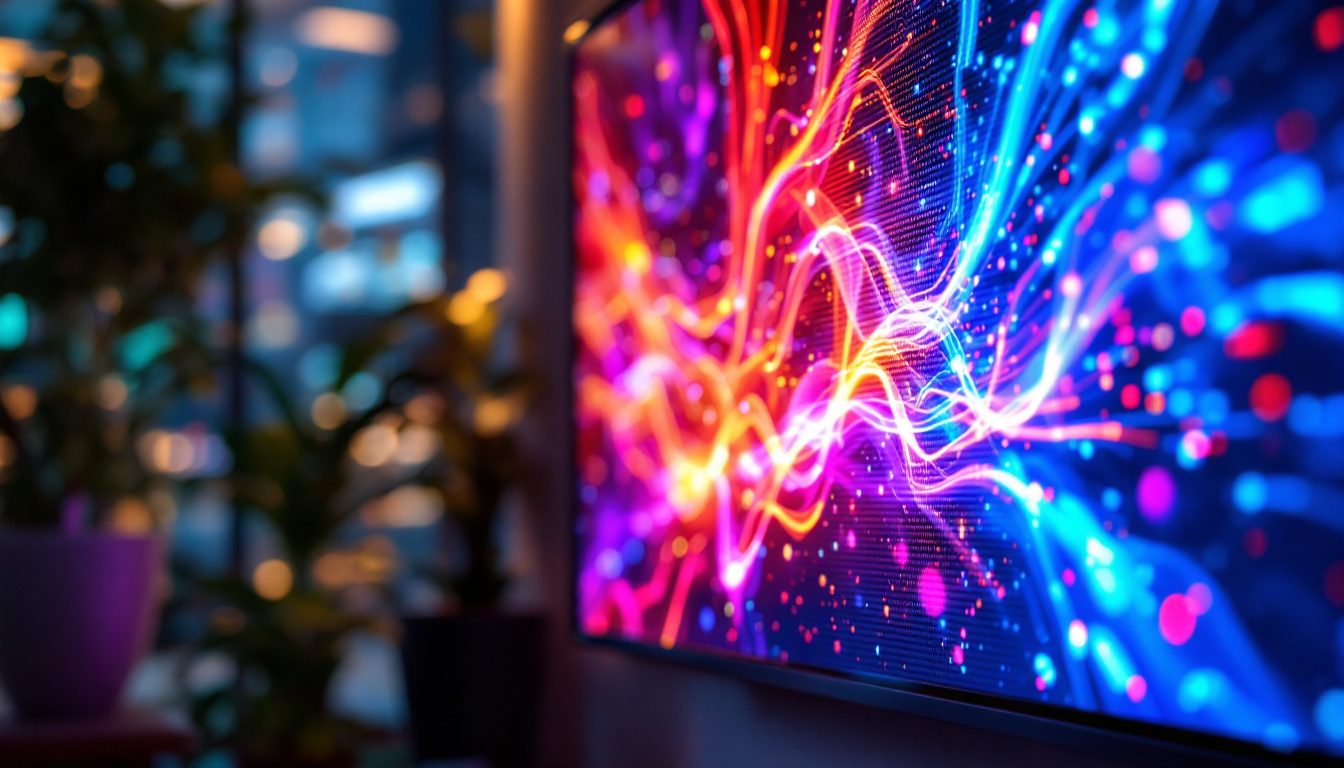In an age where visual communication plays a pivotal role in marketing, entertainment, and information dissemination, LED displays have emerged as a dominant technology. These displays are not just bright and colorful; they are versatile, efficient, and capable of delivering high-quality images and videos. This article delves into the intricacies of LED displays, exploring their functionality, types, applications, and the technology that drives them.
Understanding LED Technology
What is LED?
LED stands for Light Emitting Diode. It is a semiconductor device that emits light when an electric current passes through it. Unlike traditional incandescent bulbs, LEDs are more energy-efficient, have a longer lifespan, and are more durable. This technology has revolutionized the lighting industry and has paved the way for innovative display solutions. The energy efficiency of LEDs is particularly noteworthy; they can convert over 80% of electrical energy into light, whereas incandescent bulbs only convert about 20%. This efficiency not only reduces electricity bills but also contributes to a lower carbon footprint, making LEDs an environmentally friendly choice.
LEDs work on the principle of electroluminescence, where the movement of electrons in a semiconductor material generates light. This process is not only efficient but also allows for a wide range of colors to be produced by mixing different semiconductor materials. As a result, LEDs can create vibrant displays that capture attention and convey messages effectively. The versatility of LEDs extends beyond color; they can also be designed to emit light in various forms, such as warm white for cozy environments or cool white for task lighting. This adaptability has led to their widespread adoption in residential, commercial, and industrial applications.
How LED Displays Work
LED displays consist of an array of individual LEDs arranged in a grid. Each LED can be controlled independently, allowing for the creation of images and videos. The basic components of an LED display include the LED modules, a control system, and a power supply. The control system receives the input signals, processes them, and determines how each LED should light up. This level of control enables the display to showcase high-definition content with remarkable clarity and precision, making it suitable for everything from large outdoor billboards to small digital signage in retail environments.
The brightness and color of the display are controlled by adjusting the current flowing through each LED. By varying the intensity of the light emitted from each LED, a full spectrum of colors can be achieved. This capability makes LED displays ideal for dynamic content, such as advertisements, live broadcasts, and interactive installations. Furthermore, advancements in technology have led to the development of flexible LED displays, which can be curved or shaped to fit unique spaces, enhancing the aesthetic appeal of installations. The integration of smart technology into LED displays also allows for real-time content updates and remote management, making them a powerful tool for marketers and event organizers looking to engage audiences in innovative ways.
Types of LED Displays
Direct View LED Displays
Direct view LED displays are designed for close viewing distances. They are commonly used in applications such as digital signage, retail displays, and indoor venues. These displays typically feature a high pixel density, which ensures that images appear sharp and clear, even when viewed up close.
One of the key advantages of direct view LED displays is their ability to produce vibrant colors and high contrast ratios. This makes them suitable for environments where visual impact is crucial. Additionally, they are often modular, allowing for flexible configurations to fit various spaces and requirements.
LED Video Walls
LED video walls are large-scale displays composed of multiple LED panels seamlessly joined together. They are often used in arenas, concert venues, and large public events to create immersive visual experiences. The modular nature of video walls allows for customization in size and shape, making them highly versatile.
Video walls can display high-definition video content, making them ideal for live events, advertising, and artistic installations. The technology behind video walls ensures that the colors remain consistent across the entire surface, providing a cohesive viewing experience.
Outdoor LED Displays
Outdoor LED displays are engineered to withstand harsh environmental conditions. These displays are typically brighter than their indoor counterparts to ensure visibility in direct sunlight. They are commonly used for billboards, stadiums, and transportation hubs.
Outdoor LED displays often come with protective features such as weatherproofing and UV resistance, ensuring durability and longevity. Their ability to deliver high-quality visuals in various lighting conditions makes them a popular choice for advertisers looking to capture the attention of passersby.
Applications of LED Displays
Advertising and Marketing
One of the most prominent applications of LED displays is in advertising and marketing. Businesses utilize LED technology to create eye-catching advertisements that can be updated in real-time. This flexibility allows companies to promote sales, events, and new products effectively.
Digital billboards and storefront displays can attract customers with dynamic content, enhancing brand visibility. The ability to change messages quickly means that businesses can respond to trends and customer preferences almost instantaneously, maximizing their marketing impact.
Entertainment and Events
In the entertainment industry, LED displays have transformed the way audiences experience performances. Concerts, theater productions, and sporting events often feature large LED screens that enhance the visual experience. These displays can show live feeds, graphics, and animations, creating an immersive atmosphere.
Moreover, LED technology allows for creative lighting solutions, such as stage backdrops and architectural lighting, further enhancing the overall experience for attendees. The versatility of LED displays in this sector is unmatched, making them a staple in modern entertainment.
Information Dissemination
LED displays are also widely used for information dissemination in public spaces. Airports, train stations, and bus terminals utilize LED screens to provide real-time updates on schedules, delays, and important announcements. This application enhances the efficiency of transportation systems and improves the overall experience for travelers.
Furthermore, educational institutions use LED displays for announcements, schedules, and interactive learning. The ability to convey information visually ensures that messages are received quickly and effectively, making LED displays an invaluable tool in various sectors.
Advantages of LED Displays
Energy Efficiency
One of the most significant advantages of LED displays is their energy efficiency. Compared to traditional display technologies, such as LCD and plasma, LEDs consume significantly less power. This not only reduces operational costs but also minimizes the environmental impact.
Energy-efficient displays contribute to sustainability efforts, making them an attractive option for businesses and organizations looking to reduce their carbon footprint. The long lifespan of LED technology further enhances its eco-friendliness, as fewer displays need to be manufactured and disposed of over time.
High Brightness and Contrast
LED displays are known for their exceptional brightness and contrast ratios. This capability allows them to deliver vibrant colors and sharp images, even in challenging lighting conditions. Whether in a dimly lit venue or under direct sunlight, LED displays maintain their visual integrity, ensuring that content is always visible and engaging.
The high contrast ratios also enhance the viewing experience, making images and videos more dynamic and lifelike. This quality is particularly important in applications such as advertising, where capturing attention is crucial.
Durability and Longevity
LED displays are built to last. Their robust construction and resistance to shock and vibration make them suitable for a wide range of environments. This durability is especially important for outdoor displays, which must withstand the elements while maintaining performance.
Additionally, the long lifespan of LED technology—often exceeding 50,000 hours—means that businesses can invest in displays with confidence, knowing that they will not need frequent replacements. This longevity translates to cost savings over time, making LED displays a wise investment.
Challenges and Considerations
Initial Costs
While the long-term benefits of LED displays are significant, the initial investment can be a barrier for some businesses. The cost of high-quality LED technology can be higher than traditional display options, which may deter some organizations from making the switch.
However, it is essential to consider the overall return on investment. The energy savings, reduced maintenance costs, and increased engagement from dynamic content often outweigh the upfront expenses. Businesses should evaluate their specific needs and potential benefits when considering LED displays.
Technical Expertise
Implementing LED display technology may require technical expertise, particularly for larger installations such as video walls. Organizations may need to invest in training or hire specialists to ensure that the displays are set up and maintained correctly.
Moreover, content creation for LED displays can be more complex than traditional static signage. Businesses may need to develop skills in graphic design and video production to maximize the potential of their displays. This factor should be considered when planning an LED display investment.
The Future of LED Displays
Advancements in Technology
The future of LED displays looks promising, with ongoing advancements in technology. Innovations such as microLED and OLED technologies are pushing the boundaries of what is possible in display quality and flexibility. MicroLED displays, for instance, offer even higher resolution and better energy efficiency, making them ideal for high-end applications.
Additionally, the integration of artificial intelligence and machine learning is set to enhance content delivery and user interaction with LED displays. These advancements will allow for more personalized experiences, further driving engagement and effectiveness in communication.
Growing Market Demand
The demand for LED displays continues to grow across various sectors. As businesses recognize the value of dynamic visual communication, the market for LED technology is expected to expand. This growth will likely lead to increased competition, resulting in more affordable options and innovative solutions for consumers.
Furthermore, as sustainability becomes a priority for many organizations, the energy efficiency and longevity of LED displays will make them an attractive choice for environmentally conscious businesses.
Conclusion
LED displays have transformed the landscape of visual communication, offering unparalleled brightness, versatility, and efficiency. From advertising and entertainment to information dissemination, the applications of LED technology are vast and varied. While there are challenges associated with initial costs and technical expertise, the long-term benefits make LED displays a worthwhile investment for businesses and organizations.
As technology continues to evolve, the future of LED displays looks bright. With advancements in display technology and growing market demand, LED displays will undoubtedly play a crucial role in shaping how information is communicated and experienced in the years to come.
Explore Cutting-Edge LED Displays with LumenMatrix
Ready to elevate your visual communication strategy? Discover LumenMatrix’s innovative LED display solutions, designed to captivate and engage your audience. From vibrant Indoor and Outdoor LED Wall Displays to dynamic Vehicle and Sports LED Displays, LumenMatrix offers a wide range of products, including LED Posters, Floor LEDs, Custom configurations, All-in-One solutions, and Transparent LED Displays. Embrace the future of digital signage with LumenMatrix and transform your brand’s visibility. Check out LumenMatrix LED Display Solutions today and start creating unforgettable visual experiences.

